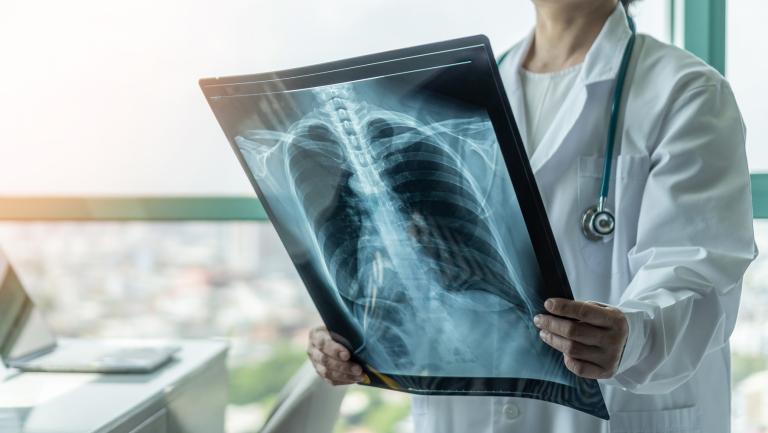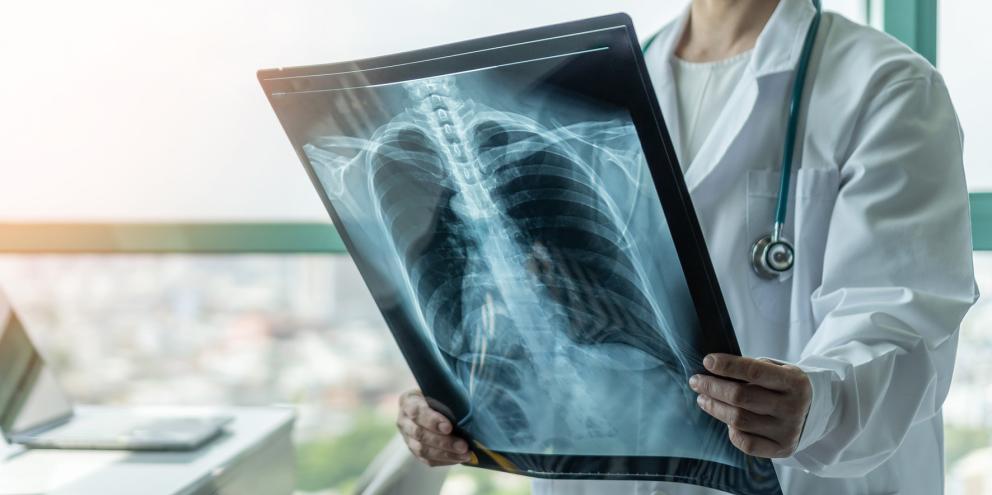
When it comes to lung protective ventilation, the more you know about a patient’s pulmonary status, the better you can adjust and anticipate their ventilator needs.
Thankfully there are many ways clinicians can assess a patient’s pulmonary status while on mechanical ventilation using various metrics, calculations, and monitors.
Acute respiratory distress syndrome (ARDS) brings even more complexities to the perioperative and intensive care environments as these patients have tenuous pulmonary needs. On average, 10% of all ICU admissions are diagnosed with ARDS.1 Additionally, almost one quarter of all intubated patients are eventually diagnosed with ARDS, which may be accompanied with high mortality.1
Monitoring and using driving pressure as a metric for the risk of lung injury can potentially decrease the complications from ARDS and may also reduce the risk of patients ever developing ARDS. Today’s article discusses what driving pressure is, how it is used, and reviews current research around the usefulness of this ventilator metric.
What is Driving Pressure?
Driving pressure is calculated by taking the difference between plateau pressure (Pplat) and positive end-expiratory pressure (PEEP). Another way to express driving pressure is to determine the tidal volume (VT) and respiratory system compliance ratio.1,2
This ratio illustrates any decrease in the functional size or capacity of the lung, which is especially helpful in patients with ARDS. Some studies suggest aiming for a driving pressure below 15 cmH2O, however, there is no definitive recommendation currently available.1
Driving Pressure Provides a More Complete Pulmonary Picture
Functional residual capacity (FRC) represents initial lung volume while the change in lung volume is noted as tidal volume (VT). FRC is known to be extremely low in ARDS patients and this can lead to a substantial change in the overall structure of the lungs, often referred to as strain.2 Measuring driving pressures can help create a better picture of pulmonary status by measuring lung and chest wall expansion to monitor lung strain.2
Williams et al. illustrate the gravity of this change:
“…with a VT=500 ml, a healthy lung during anesthesia (FRC=2000 ml) would have a strain of 25% (=500/2000). That same VT in an ARDS patient (FRC=500 ml) would produce a strain of 100% (=500/500), a fourfold increase in strain and risk of injury.”2
The example above highlights the need for additional metrics to monitor pulmonary status in ventilated patients with ARDS. Measuring VT alone does not provide an accurate assessment of the potential risk for VILI.2
While VT remains critically important to monitor, driving pressure can be used to help adjust VT based on the patient’s overall lung function, or respiratory system compliance.1
Driving Pressure in Action: Here’s What the Studies Say
A study analyzing the data of over 3,500 patients with ARDS explored the association of driving pressure and survival. Researchers found driving pressure was strongly associated with 60-day survival, more so than lower VT, higher PEEP, and lower end-inspiratory airway pressures. When patients had lower driving pressures due to subsequent ventilator changes, they had an increased chance for survival.3 Because of this strong association, driving pressures have the potential to be a superior variable to monitor when predicting lung injury risk in ARDS patients.3
Adjusting ventilator settings to reach a target driving pressure may serve as a method to reduce pulmonary injury in patients with ARDS, but it may also help reduce the risk of a ventilated patient from developing ARDS.4
Data from 2,300 patients in the LUNG SAFE trial found when patients had higher driving pressure (along with lower PEEP, higher peak inspiratory pressure, higher plateau pressures, and higher respiratory rates) they also had higher rates of ARDS mortality. While these patients clearly had other ventilator variable changes to increase their risk – it should be recognized that VT did not play a role in ARDS mortality in this trial.4 This study also demonstrated that patients who had developed moderate to severe ARDS were able to tolerate lower driving pressures, which helped reduce their hospital mortality.4
While driving pressure should not be used to replace VT, PEEP, and other measured ventilatory parameters, it can serve as a critical factor when trying to reduce lung injury and maintain a lung protective ventilation strategy.
Summary
- Lung protective ventilation is of great importance in ARDS patients
- Driving pressure provides an additional measurement when monitoring lung strain in patients with compromised lung function such as ARDS
- Driving pressures have been shown to be a helpful indicator in assessing the risk of ventilator-induced lung injury
- Improved outcomes and reduced mortality have been associated with lower driving pressures in ventilated ARDS patients (both intraoperative and in the ICU)
References
- Aoyama, H, Yamada, Y, & Fan, E. (2018). The future of driving pressure: a primary goal for mechanical ventilation? Journal of Intensive Care. 6 (64). 1-4.
- Williams, E, Motta-Riberio, G, & Melo, M. (2019). Driving pressure and transpulmonary pressure: how do we guide safe mechanical ventilation? Anesthesiology. 131(1). 155-163.
- Amato, M. et al. (2015). Driving pressure and survival in the acute respiratory distress syndrome. The New England Journal of Medicine. 372(8). 747-755.
- Meier, A, Sell, R, & Malhotra, A. (2020). Driving pressure for ventilation of patients with acute respiratory distress syndrome. Anesthesiology. 132(6). 1569-76.
© GE, 2021 – All rights reserved.
GE and the GE Monogram are trademarks of GE. Reproduction in any form is forbidden without prior written permission from GE. Nothing in this material should be used to diagnose or treat any disease or condition. Readers must consult a healthcare professional. JB18031XX









